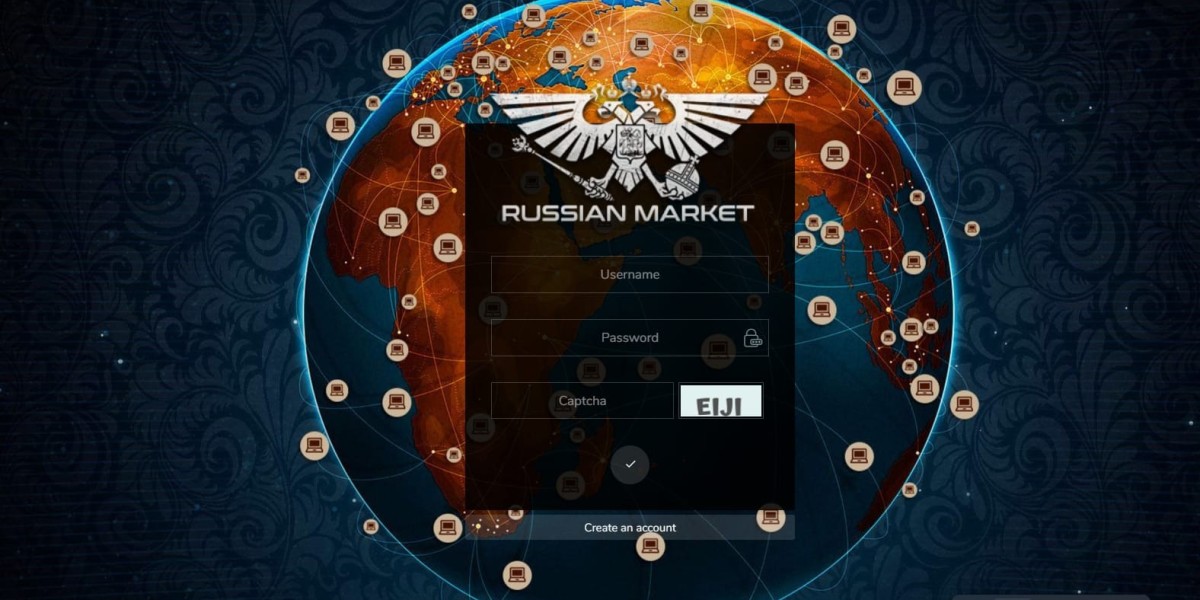The phenomenon of influencers gone wild is more than just viral scandals or sensational headlines. It exposes the unfiltered truth about the dangers of modern influencer culture, where fame, followers, and fortune often overshadow ethics, mental health, and personal responsibility.
From influencer meltdowns and controversial stunts to harmful content and outright deception, this dark underbelly of social media has serious implications for users, platforms, and society at large.
? What Does “Influencers Gone Wild” Mean?
Influencers gone wild refers to situations where social media influencers:
Engage in unethical, inappropriate, or outrageous behavior
Use their platform to spread misinformation or harmful ideologies
Prioritize clicks over consequences
Get caught in public controversies, cancellations, or criminal investigations
These incidents shine a spotlight on the toxic incentives and lack of accountability built into the influencer economy.
? Real Examples of Influencers Gone Wild
Here are some infamous cases that highlight the darker side of influencer behavior:
| Influencer | Incident Description | Outcome |
|---|---|---|
| Logan Paul | Filmed a dead body in Japan's Aokigahara Forest | Widespread backlash, demonetization, public apology |
| Belle Delphine | Sold “gamer girl bathwater” as a stunt | Viral attention, mixed reactions, major controversy |
| Jake Paul | Threw massive house parties during COVID-19 lockdown | Criticism, fines, and neighborhood complaints |
| Andrew Tate | Promoted misogynistic views, later arrested | Banned from platforms, legal consequences |
| Gabbie Hanna | Posted 100+ videos in one day during a manic episode | Mental health concerns, user backlash |
These incidents reveal how influencer fame can spiral into chaos, often with real-world consequences.
? Psychological Toll on Influencers
Social media stardom is often glamorized, but behind the scenes, many influencers face immense pressure:
Mental Health Challenges
Burnout from constant content creation
Anxiety and depression linked to online hate or comparison culture
Identity crises as personal branding overrides authentic self-expression
Isolation due to parasocial relationships replacing real ones
⚠️ Studies show that influencers experience higher rates of anxiety and depression than the general population.
? Toxic Monetization Strategies
As social media becomes more commercial, influencers often take extreme measures to stay relevant and profitable. This includes:
Controversial Monetization Tactics
Clickbait and fake news
Exaggerated or misleading product endorsements
Staged drama or “clout-chasing”
Exploitation of personal tragedy for engagement
These strategies may increase short-term profits but often erode public trust.
? The Role of Social Media Platforms
Big tech companies like Meta (Instagram, Facebook), YouTube, TikTok, and X (formerly Twitter) have created an environment where:
Virality is rewarded over integrity
Algorithms promote outrage and controversy
Moderation is reactive rather than proactive
Content that crosses ethical lines often stays live long enough to go viral
Platform Responsibilities
| Platform | Common Issues | Suggested Improvements |
|---|---|---|
| YouTube | Demonetization delays, poor moderation | Faster enforcement, clearer rules |
| TikTok | Algorithm-driven toxicity, shadow banning | Transparency, mental health features |
| Promotes unrealistic lifestyles | More body-positive and educational content | |
| X / Twitter | Amplification of hate speech | Better AI moderation, verified experts |
??? Influence on Audiences – Especially Teens
Teens and young adults form the largest demographic of influencer audiences. Their minds are still developing, making them more susceptible to:
Unrealistic body standards
Toxic productivity and hustle culture
Online bullying and peer pressure
Misinformation and extremist ideologies
Common Harmful Influencer Trends
“What I eat in a day” videos promoting disordered eating
Luxury lifestyle vlogs causing FOMO and financial stress
“Alpha male” content encouraging misogyny and aggression
Trend-chasing stunts that involve physical risk or social disruption
? Cancel Culture: Cure or Curse?
“Cancel culture” often arises when influencers go too far. While it can hold people accountable, it also raises issues like:
Pros:
Raises awareness of harmful behavior
Empowers marginalized voices
Encourages corporate and individual accountability
Cons:
Encourages mob mentality and doxxing
Allows little room for personal growth or redemption
Sometimes targets the wrong people
Cancel culture may punish without reform, turning social media into a public courtroom.
? Systemic Issues Driving Influencer Misconduct
Influencers don’t operate in a vacuum. Their “wild” behavior is often a product of deeper structural issues:
Key Systemic Drivers
Lack of regulation in influencer marketing
Gamified metrics (likes, shares, views) reinforcing bad behavior
Digital echo chambers fueling groupthink and extremism
Incentivized controversy as a growth hack
? How Influencers Are Held Accountable (or Not)
Current Accountability Mechanisms:
| Method | Effectiveness | Notes |
|---|---|---|
| Platform bans/suspensions | Moderate | Often temporary or easily bypassed |
| Public backlash | High | Can affect reputation and sponsorships |
| Legal action | Low to High | Depends on the offense and jurisdiction |
| Brand partnerships pulled | Moderate | Only affects monetized influencers |
Yet many influencers continue without major consequence, highlighting the ineffectiveness of current systems.
? What Can Be Done?
To address the dark side of influencer culture, we need collective responsibility across multiple sectors:
For Platforms:
Implement stronger, proactive moderation tools
Promote diverse and ethical content
Demonetize harmful or deceptive behavior
For Influencers:
Be transparent with sponsored content
Prioritize mental health and authenticity
Use platforms to educate, not manipulate
For Followers:
Practice critical thinking and media literacy
Don’t blindly idolize influencers
Report and block toxic content
For Governments:
Regulate influencer marketing and disclosures
Enforce online safety and digital wellbeing standards
? The Future of Influencer Culture
As audiences become more conscious and media-savvy, there’s growing demand for:
“Deinfluencing” trends that reject overconsumption
Authentic creators over picture-perfect personas
Digital detox movements promoting mindfulness
Transparent collaborations between influencers and brands
This shift signals hope that the influencer economy may evolve into something more ethical and sustainable.
? Final Thoughts
“What influencers gone wild reveals about social media’s dark side” is a wake-up call. These controversies:
Reflect a system built on attention over ethics
Harm audiences, particularly young and impressionable users
Underscore the need for regulation, transparency, and accountability
As consumers, creators, and platform operators, we must rethink our relationship with digital fame. Influencer culture isn’t going anywhere, but how we engage with it will determine whether it’s a force for good or harm in the years to come.



